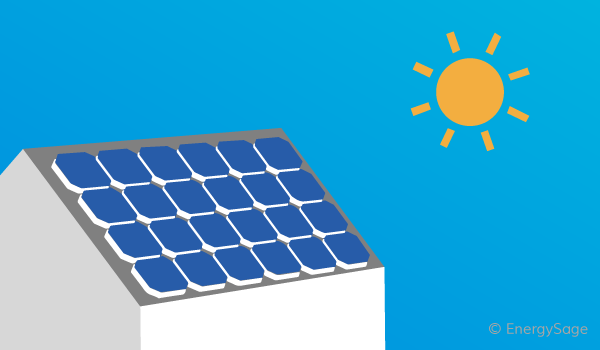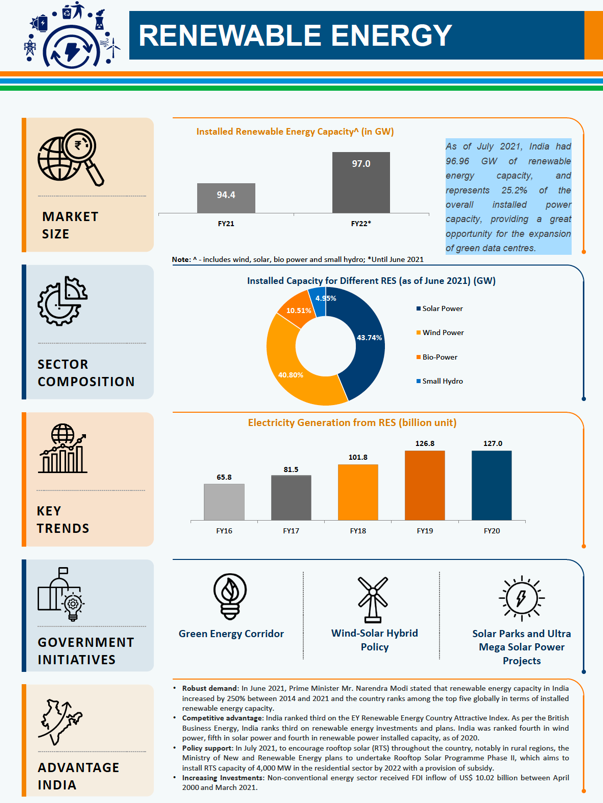Free Courses Sale ends Soon, Get It Now


Free Courses Sale ends Soon, Get It Now



Disclaimer: Copyright infringement not intended.
Context
Present solar energy status

Need for raising solar capacity
Impeding factors
What can be done?
Report suggests following short and long term measures:
Challenges faced by solar energy sector:
Reasons for India’s Solar Energy Push:
India’s efforts and Government initiatives:
Way forward:
https://epaper.thehindu.com/Home/ShareArticle?OrgId=G699Q0UDB.1&imageview=0
© 2024 iasgyan. All right reserved